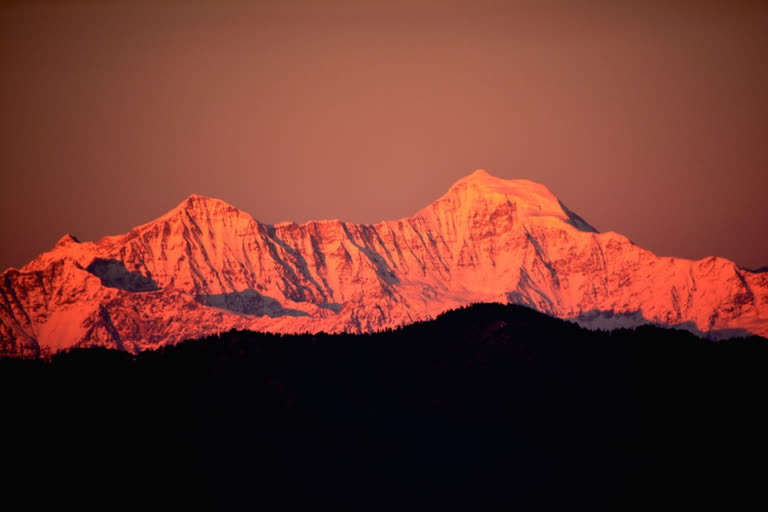Dehradun: Come to think of it, the hills have always attracted a legion of photographers, beginning in July 1853 when Samuel Bourne climbed the hill above Bassett Hall to leave us our an image of a pristine Mall Road. Soon after came Thomas Alfred Rust, a 29-nine year old bank clerk, whose landscapes are today’s collector’s items. Later his son, Julian Rust, sold their studio, lock stock and barrel, to the Kinsey Brothers.
Further ahead, on the ground floor of Regent House, you would have found D.S. Bora & Sons, who also owned the Hill Studio in Dehradun’s Connaught Place. My unending search for old images of Mussoorie, during lockdown, had me chatting with the famed Dharam Singh Bora’s youngest daughter Vinita, now living in Mumbai.
‘We had a room full of glass negatives of all sizes and shapes. But everything was lost because our brothers showed no interest in our father’s business.’ Sighing, she told me with a sigh adding ‘and we were too young to know at the time.’ His wonderful studio portraits of newly-wed couples found their way into the ‘They were Wed’ page of the Illustrated Weekly of India.
Curator, B.K. Joshi, Honorary Secretary of the Doon Library, remembers growing up in Barlowganj. He told me that Dharam Singh Bora’s best pictures were displayed in his shop window. In those days, getting a studio portrait taken meant dressing up for the occasion and submitting oneself to his expert hands.
He was an accomplished artist, spending hours arranging and rearranging the seat, choosing the best profile, and getting the lighting just right till he was wholly satisfied. The whole process often took quite some time; but then those were times when no one, neither the photographer nor the person sitting for a portrait, was in any great hurry.
"All his studio portraits were re-touched with infinite care to remove any flaws or to enhance some features by deft strokes of a thin paint brush and black ink or pencil and then to be mounted on cardboard. His specialty was school group photographs," recalled Joshi.
"The excitement just before the end of term every year when we are asked to assemble for class photographs dressed in the formal school uniform. In the afternoon, he came into view accompanied by a coolie carrying a large camera and a huge tripod," he added.
"As he set up his camera, we were asked to sit down in a neat orderly arrangement – the shortest squatting on the ground, the slightly taller ones on a row of chairs just behind them with the class teacher in the middle, and the tallest standing in a row arranged symmetrically by height behind the chairs," said Joshi.
Also Read: Savoy Mussoorie relives golden days of wine and roses, once more
"Then, ducking under a dark cloth covering the camera, he briefly emerged to make adjustments by making children change places or asking the few who wore glasses to either look down or sideways or getting someone to comb his unruly hair or someone else to adjust his tie. All this process took considerable time before the final moment arrived. Silence reigned. Then the magic words ‘Smile, Please' the shutter clicked," he said.
Clicking the shutter in Landour was Ishwar Lal Taneja, who had come here from Multan after Partition. He would be always impeccably dressed in his starched salwar-kameez, Rolleicord in hand, recording images of the hill folk. And lest it be forgotten, it was he who brought the first colour print to the hill station.
Proudly displayed in his showcase, it was the image of his friend Saran Lal Kapoor, the owner of the Remington Typewriter Repair shop, plodding, stick in hand, though mounds of snow piled three feet high, near the Union Church at Picture Palace. I remember the day the print arrived by post; half the town flocked to his photo studio to gawk at it.
Ironically, the inseparable friends, who used to go for long walks together, fell out in the wake of the Chinese aggression of 1962. Taneja’s leftist sympathies clashed with Kapoor’s liberal views. To freeze a moment forever was more than just a click of a button to these artists who found themselves behind the camera.



